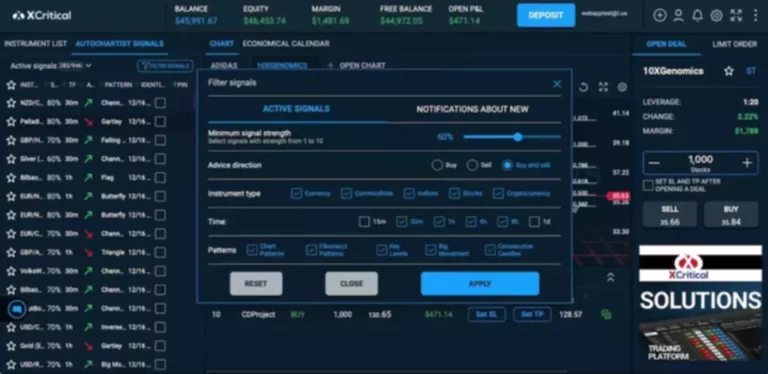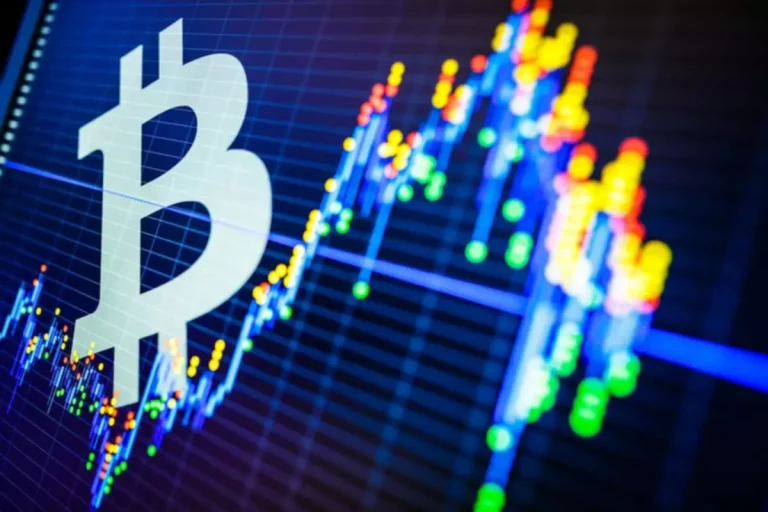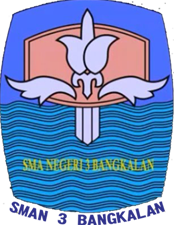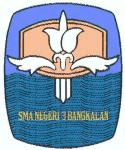Content
Liquidity is highly dependent on market depth and the presence of a broad investor base. Developing this market infrastructure Stockbroker is crucial to ensuring that tokenized assets can indeed be traded efficiently and without significant price impact. Ensuring the technical robustness to support the tokenization of various asset classes requires developing standardized protocols and APIs that facilitate the seamless exchange and management of tokens on different blockchains.
Challenges of Real-World Asset Tokenization
Explore our detailed case studies for a deeper understanding of our methodical approach and successful implementations of RWA tokenization principles. Anyone who wants to open up and explore this https://www.xcritical.com/ groundbreaking new arena can take advantage of RWA tokenization.
RWA Tokenization Infrastructure
News of Paul Atkins’ appointment as SEC chair, rwa crypto meaning Perianne Boring at the CFTC, and David Sacks as Crypto Czar is increasing the likelihood for a clear U.S. legal framework for digital assets. This would encourage larger institutional participation, raise investor confidence, and spur further innovation in infrastructure for RWAs. The EU, Switzerland, and Singapore have already shown that stronger regulation, even a sandbox, will enhance global momentum even further. The success of Ondo Finance so far, as demonstrated by its market leadership in tokenized US Treasuries, speaks volume about its differentiated approach and effective execution. Despite the immense potential of tokenized RWAs, widespread adoption has historically been tempered.
Transforming Real-World Assets into digital opportunities
In the sphere of financial innovation, the tokenization of real-world assets (RWAs) stands out as a transformative force, redefining the paradigms of asset management and investment. Leading the charge, BlackRock BLK , the world’s largest asset manager known for launching its Bitcoin ETF earlier this year, aims to tokenize $10 trillion of its assets in partnership with Securitize. Carlos Domingo, Securitize co-founder and CEO, remarked, “Today’s news demonstrates that traditional financial products are being made more accessible through digitization.” Traditional finance firms are excited by the idea of tokenizing assets they already trade, such as gold, stocks and commodities.
The Current Traction and Real-World Opportunity of RWAs
The financial landscape is on the brink of a paradigm shift, driven by the rapid evolution of blockchain technology. Among its most transformative applications is the tokenization of Real-World Assets (RWAs). By bringing traditionally illiquid assets such as real estate, commodities, bonds, and even art onto the blockchain, RWA tokenization is setting the stage for a more inclusive, efficient, and transparent financial future.
This innovative approach allows for the representation of a wide array of assets – such as real estate, artwork, commodities, and financial instruments – in a digital form that can be traded and owned fractionally. RWA tokenization converts the rights of diverse assets, from bonds and equity to real estate and cultural assets, into blockchain-based digital tokens. This innovation promises enhanced liquidity, evidence of ownership, and transparency, aimed at democratizing traditionally inaccessible investment avenues. The collaboration seeks to redefine asset management in the Middle East by introducing blockchain-powered transparency, security, and accessibility to Damac’s extensive holdings.
The core of Centrifuge’s offering is its Tinlake application, which allows for the creation of pools of tokenized assets. Investors can participate in these pools by purchasing DROP and TIN tokens, which represent different risk and return profiles. Centrifuge enables the tokenization of a wide variety of real-world assets, such as invoices, real estate, and trade receivables, converting them into non-fungible tokens (NFTs).
Traditional financing options can be expensive or difficult to access, especially for smaller businesses. Stablecoins backed by fiat currencies are one of the earliest forms of RWAs following the launch of Tether (USDT) in 2014. Tether, which is pegged to the US dollar and is designed to always be worth $1, paved the way for the creation of a stablecoin market that is valued at over $150 billion.

With that said, it’s perhaps more appropriate to discuss this week’s biggest losers. Though approximately 90% of RWA tokens are in the red over this period, a handful of assets have been hit particularly hard. Ondo Finance not only tokenizes various assets but also has its own protocol development initiatives to ensure that these assets are utilized to their fullest potential in a secure manner. Ondo Finance distributes most of the interest generated from the underlying assets to the token holders, keeping only a minimal spread.
However, the most trusted stablecoins are backed entirely by cash and short-term US treasuries. Whether it’s a large office building or an expensive collectible, it can still be a source of liquid capital for you. Tokenization enabled by blockchain technology has made it possible to divide your property into shares, which gives the right of fractional ownership to their buyers.

This approach is evident in Ondo Finance’s strategic and proactive expansion of its ecosystem. Through partnerships, Ondo Finance significantly enhances accessibility, liquidity, and utility of tokenized assets, while building the infrastructure needed to improve the traditional financial system’s efficiency. With the ever-increasing innovation and development of blockchain, the real world asset tokenization concept emerged. It brought the asset tokenization concept to real world assets and brokedown the limitation of investment in traditional assets. Today, we can convert any physical asset, whether it is stocks, shares, investment funds, real estate, artworks, commodities, into digital tokens that live on the blockchain. Interest in tokenizing RWAs is also strong in the existing onchain finance ecosystem, with a number of dApps having tokenized hundreds of millions of dollars worth of assets.
- Tokens like PAX Gold (PAXG) and Tether Gold (AUT) and platforms like Rush Gold leverage blockchain technology for users while collateralizing each token with real commodities.
- Leading the charge, BlackRock BLK , the world’s largest asset manager known for launching its Bitcoin ETF earlier this year, aims to tokenize $10 trillion of its assets in partnership with Securitize.
- Balancer Protocol powers this platform to create an ERC-20 tokens-based liquidity pool that automatically trades using Automated Market Making (AMM).
- The lack of interoperability and the resulting fractionalized liquidity present an opportunity for the next era of finance to be around asset tokenization.
- A blockchain form can also assist you with launching the token to a DeFi platform or exchange.
Digital certificates of ownership or tokens representing fractions of the assets are created on the blockchain, enhancing transparency and verification. The tokenization of real-world assets and their use in onchain finance provides a number of advantages over the status-quo, many of which derive from the properties that make public blockchains and onchain finance valuable. The launch of the Ethereum blockchain and the rise of the onchain finance ecosytem saw the usage of stablecoins expand, with stablecoins getting composed into onchain applications, primarily as a method to generate yield. We foresee the advent of new platforms that offer enhanced scalability, reduced transaction costs, and increased transaction speeds. Innovations such as Layer 2 solutions and cross-chain interoperability will further expand the potential of tokenized assets. As tokenization permeates the global market, we can expect more refined regulatory guidelines to emerge.
It is worth noting that RWAs have also been explored in the context of security token offerings (STOs), with 18 companies having raised a total of $380M in 2018. However, most STO offerings have historically been viewed as a limited implementation of RWAs given their focus on fundraising (i.e., an alternative to initial coin offerings or ICOs). With STOs representing more niche securities that are usually only available on permissioned platforms, their adoption has not reached the same level as RWAs on public blockchains. Participants included Australia and New Zealand Banking Group Limited (ANZ), BNP Paribas, BNY Mellon, Citi, Clearstream, Euroclear, Lloyds Banking Group, SIX Digital Exchange (SDX), and The Depository Trust & Clearing Corporation (DTCC).

